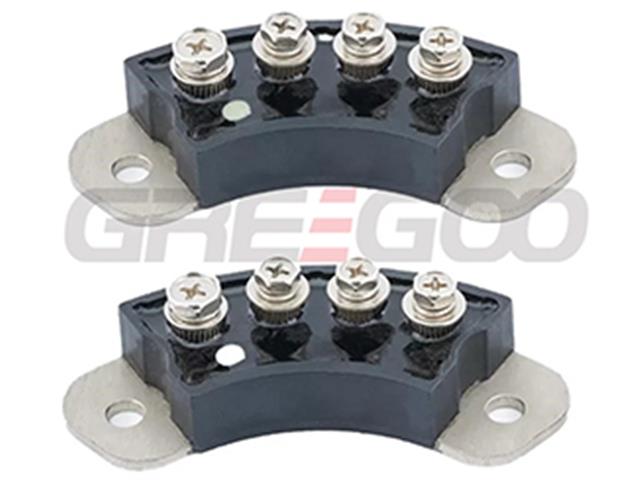The Critical Role and Application Analysis of Freewheeling Diodes in Solid-State Relay
The Role and Application Analysis of Freewheeling Diodes in Solid-State Relays (SSR)
The freewheeling diode in a solid-state relay primarily serves to protect the circuit and its components, especially when controlling inductive loads such as motors, solenoids, and relay coils. Below are its specific functions:
1. Suppressing the Back Electromotive Force of Inductive Loads
Inductive loads store magnetic energy when powered. When the circuit is disconnected, the inductive load generates a back electromotive force (also known as induced voltage), which can be much higher than the rated voltage of the circuit. This high voltage can damage the power components (such as thyristors, triacs, or MOSFETs) inside the solid-state relay.
2. Protecting the Power Components of the Solid-State Relay
The freewheeling diode is typically connected in parallel with the inductive load. When the load is powered off, the freewheeling diode provides a low-impedance path for the energy released by the inductive load, forming a current loop through the diode instead of passing through the power components of the solid-state relay. This effectively protects the internal components of the solid-state relay and extends its service life.
3. Reducing Electromagnetic Interference (EMI)
The high-frequency back electromotive force generated by inductive loads can cause electromagnetic interference, affecting nearby electronic devices. The freewheeling diode suppresses this high-frequency interference, improving the electromagnetic compatibility of the circuit.
4. Enhancing System Reliability
By protecting the solid-state relay and other circuit components, the freewheeling diode improves the overall reliability of the system, preventing failures caused by overvoltage.
Selection of Freewheeling Diodes
The freewheeling diode should be selected based on the current and voltage characteristics of the load.
Commonly used freewheeling diodes include models like 1N4007 and FR107. The specific choice depends on the characteristics of the load.
Summary
The freewheeling diode plays a critical protective role in solid-state relays, especially when controlling inductive loads. It effectively suppresses back electromotive force, protects the power components of the solid-state relay, reduces electromagnetic interference, and enhances the stability and reliability of the circuit.

Guide to Heatsink Calculation and Selection
A heatsink is a device used for heat dissipation, commonly found in electronic devices to help dissipate heat and prevent overheating.
Read More
What is the main difference between 8/20μs and 10/350μs in SPD?
8/20μs: Suitable for protection against fast-rising and short-duration surges, such as lightning strikes and rapid switching events.10/350μs: Suitable for protection against slower-rising and longer-duration surges, often associated with power distribution network switching operations and industrial electrical systems.
Read More
How to Choose the Right Medium Voltage Current Transformer: MV Bushing CT vs MV CT
MV Bushing CT vs MV CT: Comparison of Installation, Design, and Application Scenarios
Read More
Rotating Diode vs. Standard Recovery Diode: Key Difference and Application
A rotating diode is a special type of rectifier diode used in the brushless excitation system of synchronous generators (alternators).
Read More














